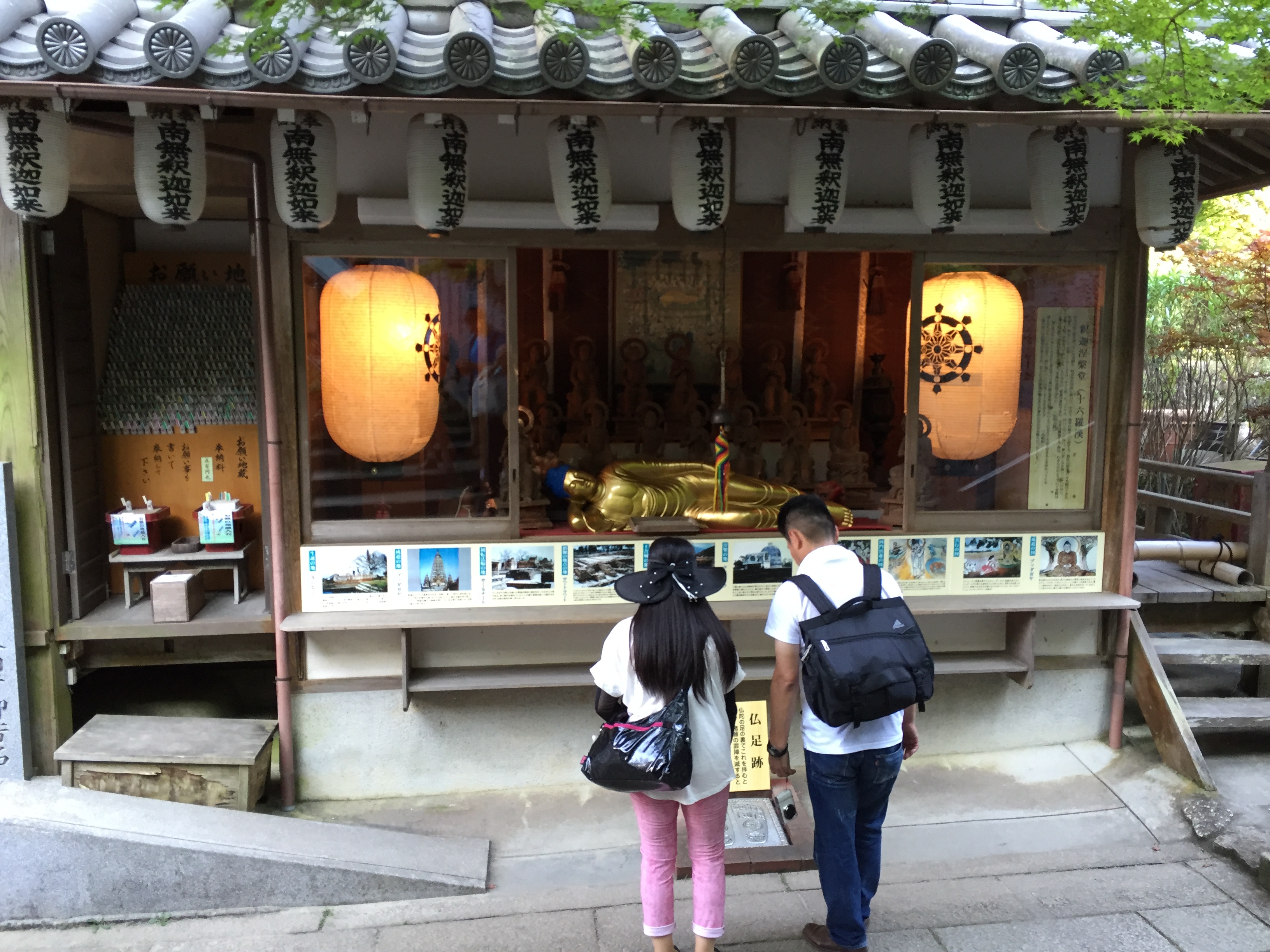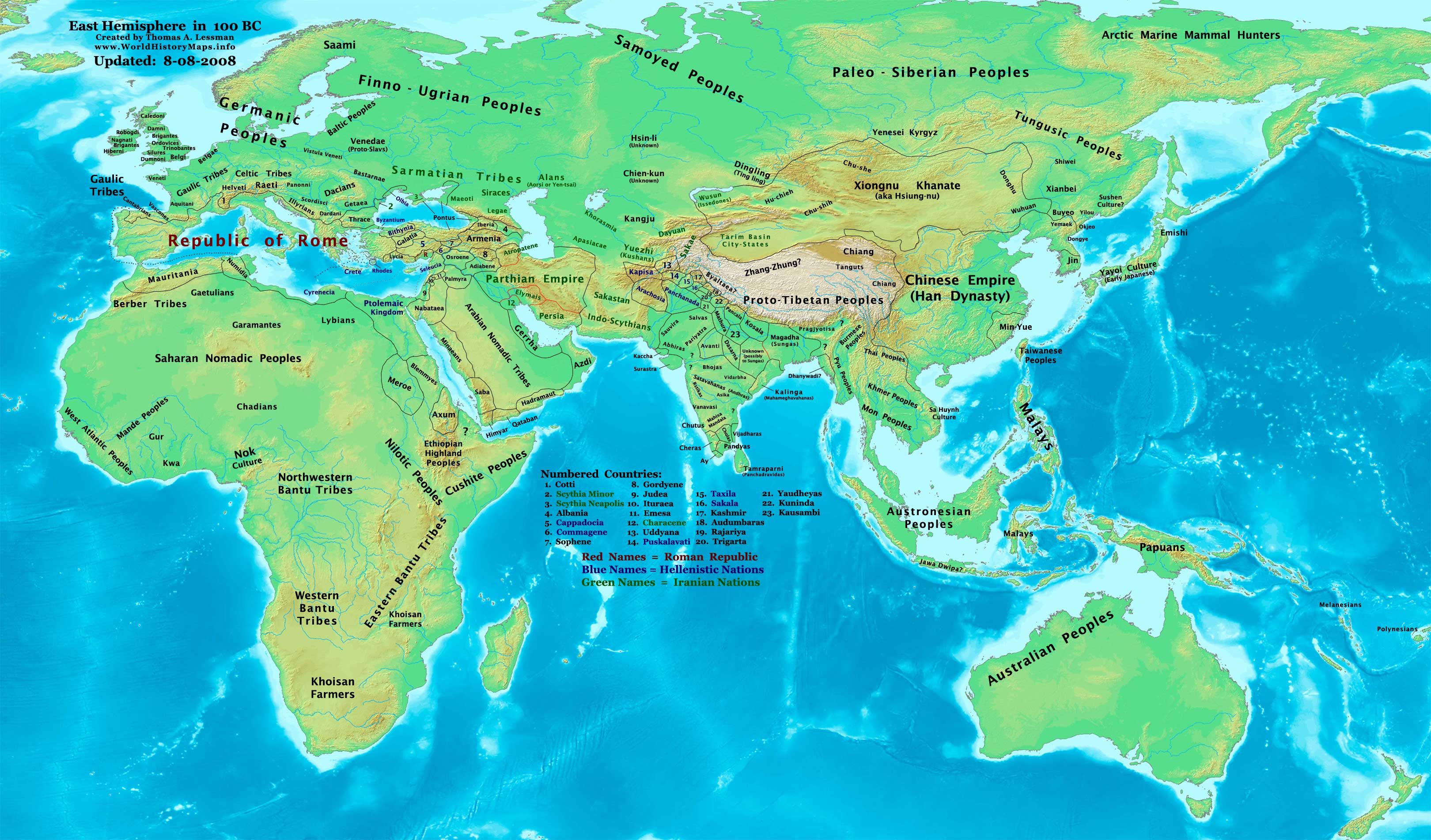|
Padma Gyalpo
In Tibetan Buddhism, Padma Gyalpo (or Pema Gyalpo) is one of the Guru Rinpoche's eight manifestations and appears in the form of a young prince. Pema Gyalpo means Lotus King. Padma Gyalpo is first of the Guru Rinpoche's Eight Manifestation, and is the form in which Guru Rinpoche took birth. Birth According to Tibetan historical account, Guru Rinpoche was born just four years after the historical Buddha's Mahaparinirvana on the wood monkey year in the monkey month in a kingdom known as Oddiyana. In Tibetan calendar, monkey years are considered Guru Rinpoche years. Oddiyana may have been located somewhere in today's Pakistan in Swat Valley and at the time it was ruled by King Indrabhuti. According to the legend, the king had a vision in a dream where a five-pointed golden vajra came very close to him, while there was sun and moon both rising in the eastern sky as an omen predicting Guru Rinpoche's birth. The next day he saw Padma Gyalpo in form of an eight-year-old boy. When Padma ... [...More Info...] [...Related Items...] OR: [Wikipedia] [Google] [Baidu] |
Padmasambhava
Padmasambhava ("Born from a Lotus"), also known as Guru Rinpoche (Precious Guru) and the Lotus from Oḍḍiyāna, was a tantric Buddhist Vajra master from India who may have taught Vajrayana in Tibet (circa 8th – 9th centuries)... According to some early Tibetan sources like the ''Testament of Ba'', he came to Tibet in the 8th century and helped construct Samye Monastery, the first Buddhist monastery in Tibet. However, little is known about the actual historical figure other than his ties to Vajrayana and Indian Buddhism. Padmasambhava later came to be viewed as a central figure in the transmission of Buddhism to Tibet. Starting from around the 12th century, hagiographies concerning Padmasambhava were written. These works expanded the profile and activities of Padmasambhava, now seen as taming all the Tibetan spirits and gods, and concealing various secret texts ('' terma'') for future tertöns. Nyangral Nyima Özer (1124–1192) was the author of the ''Zangling-ma'' (Jew ... [...More Info...] [...Related Items...] OR: [Wikipedia] [Google] [Baidu] |
Gautama Buddha
Siddhartha Gautama, most commonly referred to as the Buddha, was a wandering ascetic and religious teacher who lived in South Asia during the 6th or 5th century BCE and founded Buddhism. According to Buddhist tradition, he was born in Lumbini, in what is now Nepal, to royal parents of the Shakya clan, but renounced his home life to live as a wandering ascetic ( sa, śramaṇa). After leading a life of begging, asceticism, and meditation, he attained enlightenment at Bodh Gaya in what is now India. The Buddha thereafter wandered through the lower Indo-Gangetic Plain, teaching and building a monastic order. He taught a Middle Way between sensual indulgence and severe asceticism, leading to Nirvana, that is, freedom from ignorance, craving, rebirth, and suffering. His teachings are summarized in the Noble Eightfold Path, a training of the mind that includes meditation and instruction in Buddhist ethics such as right effort, mindfulness, and '' jhana''. He di ... [...More Info...] [...Related Items...] OR: [Wikipedia] [Google] [Baidu] |
Mahaparinirvana
In Buddhism, ''parinirvana'' (Sanskrit: '; Pali: ') is commonly used to refer to nirvana-after-death, which occurs upon the death of someone who has attained ''nirvana'' during their lifetime. It implies a release from '' '', karma and rebirth as well as the dissolution of the '' skandhas''. In some Mahāyāna scriptures, notably the ''Mahāyāna Mahāparinirvāṇa Sūtra'', ''parinirvāṇa'' is described as the realm of the eternal true Self of the Buddha. In the Buddha in art, the event is represented by a reclining Buddha figure, often surrounded by disciples. Nirvana after death In the Buddhist view, when ordinary people die, each person's unresolved karma passes on to a new birth instantaneously; and thus the karmic inheritance is reborn in one of the six realms of '' samsara''. However, when a person attains nirvana, they are liberated from karmic rebirth. When such a person dies, it is the end of the cycle of rebirth, the Samsara and the Karma. Contemporary scholar R ... [...More Info...] [...Related Items...] OR: [Wikipedia] [Google] [Baidu] |
Oddiyana
(also: ''Uḍḍiyāna'', ''Uḍḍāyāna'' or ''Udyāna'', Sanskrit: ओड्डियान, उड्डियान, उड्डायान, उद्यान; , , mn, Үржин ''urkhin''), was a small region in early medieval India, in present-day Swat District of modern-day Pakistan.‘Uḍḍiyāna and Kashmir’, pp 265-269 ‘The Śaiva Exegesis of Kashmir’, in Mélanges tantriques à la mémoire d’Hélène Brunner. Tantric Studies in Memory of Hélène Brunner, Collection Indologie 106, EFEO, Institut français de Pondichéry (IFP), ed. Dominic Goodall and André Padoux, 2007.) An alternate theory places its location in what is now the modern Indian state of Odisha, though this is improbable. It is ascribed importance in the development and dissemination of Vajrayāna Buddhism. It was also called as “the paradise of the Ḍākinīs”. Tibetan Buddhist traditions view it as a Beyul (Tibetan: སྦས་ཡུལ, Wylie: sbas-yul), a legendary heavenly p ... [...More Info...] [...Related Items...] OR: [Wikipedia] [Google] [Baidu] |
Tibetan Calendar
The Tibetan calendar (), or Tibetan lunar calendar, is a lunisolar calendar, that is, the Tibetan year is composed of either 12 or 13 lunar months, each beginning and ending with a new moon. A thirteenth month is added every two or three years, so that an average Tibetan year is equal to the solar year. The Tibetan New Year celebration is Losar (). According to almanacs the year starts with the third Hor month. There were many different traditions in Tibet to fix the beginning of the year. The dates of Mongolian calendar are the same as the Tibetan calendar. Every month, certain dates in the Tibetan calendar have special significance for Buddhist practices. Likewise, certain months also have significance. Years There were different traditions of naming years () in Tibet. From the 12th century onwards, we observe the usage of two sixty-year cycles. The 60-year cycle is known as the Vṛhaspati cycle and was first introduced into Tibet by an Indian Buddhist by the name of Chandr ... [...More Info...] [...Related Items...] OR: [Wikipedia] [Google] [Baidu] |
Swat Valley
Swat District (, ps, سوات ولسوالۍ, ) is a district in the Malakand Division of Khyber Pakhtunkhwa, Pakistan. With a population of 2,309,570 per the 2017 national census, Swat is the 15th-largest district of Khyber Pakhtunkhwa province. Swat District is centered on the Valley of Swat, usually referred to simply as Swat, which is a natural geographic region surrounding the Swat River. The valley was a major centre of early Buddhism under the ancient kingdom of Gandhara, and was a major centre of Gandharan Buddhism, with pockets of Buddhism persisting in the valley until the 10th century, after which the area became largely Muslim. Until 1969, Swat was part of the Yusafzai State of Swat, a self-governing princely state that was inherited by Pakistan following its independence from British rule. The region was seized by the Tehrik-i-Taliban in late-2007 until Pakistani control was re-established in mid-2009. The average elevation of Swat is , resulting in a consid ... [...More Info...] [...Related Items...] OR: [Wikipedia] [Google] [Baidu] |
Indrabhuti
Indrabhuti (alternatively King Ja) is a name attributed to a number of individuals that have become conflated in Vajrayana Buddhism. One Indrabhuti, considered a Mahasiddha, was a disciple of Lawapa. Identities of the king Samten Karmay attempted to identify the different personages known as Indrabhutai. Conflation of Indrabhuti related to conflation of Oddiyana The matter of the conflation of Indrabhuti and at least one evocation of the historicity of a particular personage by that name is intimately connected with the location of 'Oddiyana' (the locality denoted by the term 'Oddiyana' whether in each case cited is Swat Valley or Odisha or some other location is glossed with a suite of orthographic representations and near homophones which require further case-by-case examination and exploration), Odisha and the cult of Jaganath and a number of texts that inform the matter such as the '' Sādhanamālā'', '' Kālikā Purāṇa'', ''Caturāsiti-siddha-Pravṛtti'', '' Jñānasidd ... [...More Info...] [...Related Items...] OR: [Wikipedia] [Google] [Baidu] |
Chögyam Trungpa
Chögyam Trungpa (Wylie transliteration, Wylie: ''Chos rgyam Drung pa''; March 5, 1939 – April 4, 1987) was a Tibetan Buddhism, Tibetan Buddhist meditation master and holder of both the Kagyu and Nyingma lineages of Tibetan Buddhism, the 11th of the Trungpa tülkus, a tertön, supreme abbot of the Surmang, Surmang monasteries, scholar, teacher, poet, artist, and originator of a radical re-presentation of Tibetan Buddhist teachings and the myth of Shambhala as an enlightened society that was later called Shambhala Buddhism. Recognized both by Tibetan Buddhists and by other spiritual practitioners and scholars as a preeminent teacher of Tibetan Buddhism, he was a major figure in the dissemination of Buddhism in the West, founding Vajradhatu and Naropa University and establishing the Shambhala Training method. Among his contributions are the translation of numerous Tibetan Buddhist canon, Tibetan Buddhist texts, and the introduction of the Vajrayana, Vajrayana teachings to the We ... [...More Info...] [...Related Items...] OR: [Wikipedia] [Google] [Baidu] |
Nondualism
Nondualism, also called nonduality and nondual awareness, is a fuzzy concept originating in Indian philosophy and religion for which many definitions can be found, including: nondual awareness, the nonduality of seer and seen or nondifference of subject and object; the identity of conventional phenomena and ultimate reality, or the "nonduality of duality and nonduality"; metaphysical monism, the nonplurality of the world and "the interconnection of all things." It may also refer to a negation of dualistic thinking; and to the mystical unity with God or with Ultimate reality. The English term is derived from Sanskrit terms such as "advaita" (अद्वैत), "not-two" or "one without a second," which in various Hindu philosophies refers to the identity of ''Atman'' and ''Brahman''; and ''advaya'', also meaning "not two," but referring to various Buddhist ideas such as the identity of conventional and ultimate reality. In Indian philosophy, these terms refer to se ... [...More Info...] [...Related Items...] OR: [Wikipedia] [Google] [Baidu] |

.jpg)




